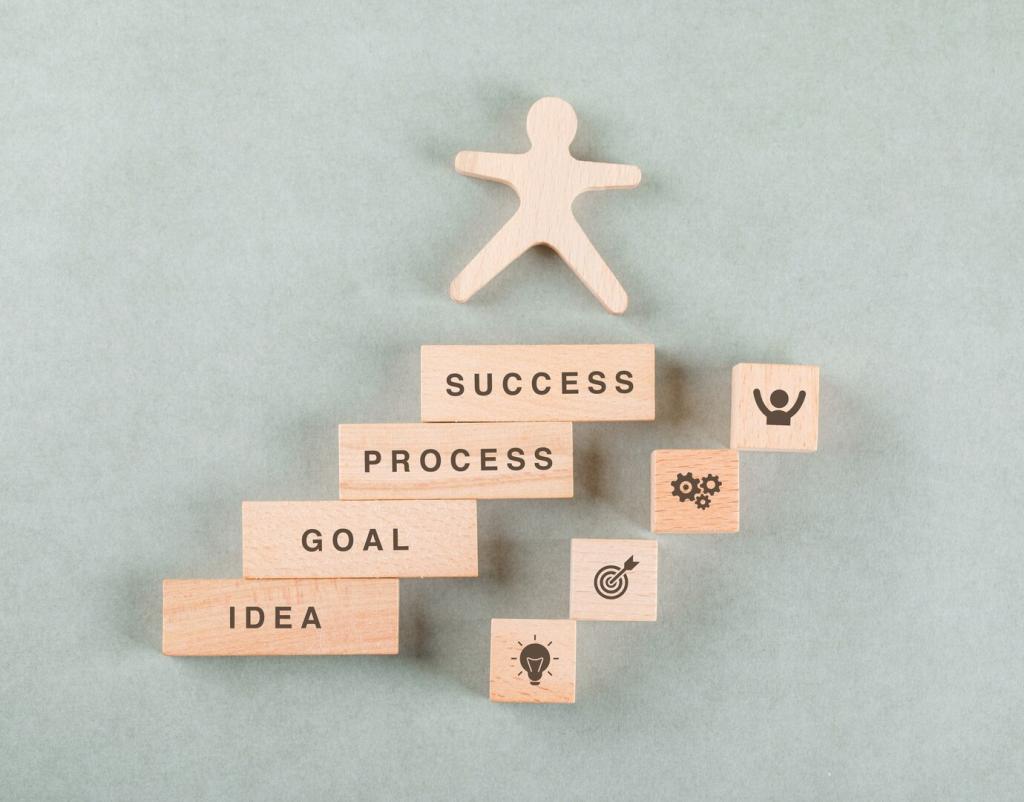Proven Frameworks You Can Use Today
Ask ‘why?’ five times, but write evidence after each answer. Stop when the next ‘why’ becomes speculation. Share the chain with stakeholders to align on the real cause.
Proven Frameworks You Can Use Today
Group possibilities so they are mutually exclusive and collectively exhaustive. This prevents overlap and gaps, making your options easier to compare, test, and present persuasively.






